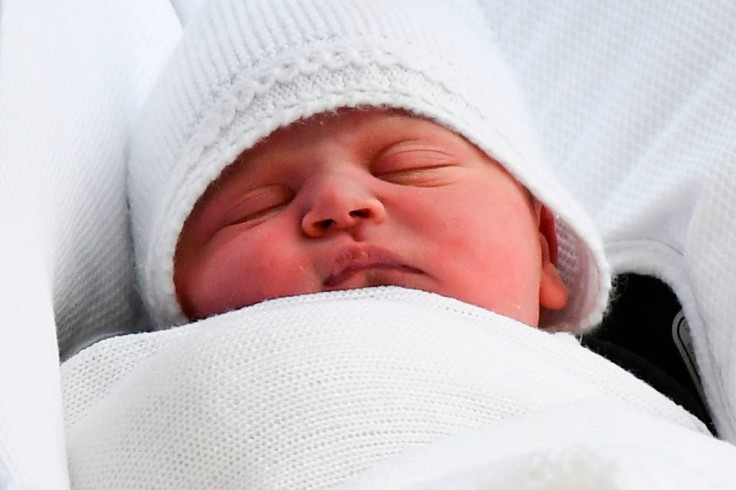
Welcoming a newborn into the world is an enchanting experience, and as parents gaze into their baby's eyes, curiosity often arises about the future hue of those little orbs.
"When do baby eyes change color?" is a common question that reverberates through the minds of new parents. With that, we will unravel the intricacies of eye color changes, providing a comprehensive understanding of the role genetics plays in this captivating transformation.
The Developmental Journey of Baby Eyes
The process of when baby eyes change color commences at birth, and it's a fascinating journey influenced by genetic factors.
Newborns typically sport blue or gray eyes, irrespective of the eye color they will eventually inherit. This initial color is attributed to the low levels of melanin, the pigment responsible for eye, skin, and hair color, in a baby's iris at birth.
The most significant shift in eye color occurs during the first six to nine months of a baby's life. This period is crucial as melanin production increases, unveiling the true hue of the eyes. Some babies undergo a rapid transformation, while others might take up to a year or more for their eye color to stabilize. This natural evolution is influenced by genetics, shaping the unique characteristics of each baby's eyes.
Genetics: The Blueprint of Eye Color Changes
Understanding the genetics behind when baby eyes change color is key to unraveling this captivating transformation.
A baby's eye color is inherited from their parents, with specific genes influencing the production and distribution of melanin in the iris. This genetic interplay creates a tapestry of possibilities, leading to a variety of eye colors in the offspring.
Eye color changes are a polygenic trait, meaning they're influenced by multiple genes. The two primary pigments determining eye color are eumelanin (brown or black) and pheomelanin (red or yellow).
The combination and distribution of these pigments in the iris determine the final color. For instance, parents with brown eyes may carry dominant genes for brown eumelanin, increasing the likelihood of their baby having brown eyes.
However, the complex interaction of recessive and dominant genes results in the wide spectrum of eye colors observed in children.
Understanding this genetic blueprint enhances parents' appreciation for the uniqueness of their baby's eyes. The inheritance of eye color is a beautiful blend of the parents' genetic contributions, resulting in the distinct and mesmerizing gaze of their little one.
Factors Affecting Eye Color Changes
While genetics provide the foundation, other factors can influence the process of when baby eyes change color. The iris, the muscle structure surrounding the pupil, plays a pivotal role. It consists of a back layer (pigment epithelium) and a front layer (stroma).
Most people have some brown in the pigment epithelium, but the amount of pigment in the stroma determines the overall eye color. Melanocytes within the iris house melanin, and the more active these cells are, the more melanin is produced. This production, coupled with the amount of light reflected off the iris, contributes to the final eye color.
Lighter-colored eyes, such as blue or green, have less melanin to absorb light, making eyes appear blue or green. In contrast, darker eyes have more melanin, absorbing more light and appearing brown.
Understanding these factors sheds light on why some people's eyes may appear different colors in varying environments, a phenomenon observed especially in individuals with lighter-colored eyes.
The question "When does a baby's eye color change?" is a gateway to a captivating journey influenced by genetics and biological development. As parents witness the transformation of their baby's eyes, they can marvel at the intricate interplay of genes and natural processes that create the unique gaze that defines each child.
Embracing this journey with knowledge enhances the joy of parenthood, as parents watch their baby's eyes evolve into the beautiful and distinctive color that becomes a cherished part of their identity.